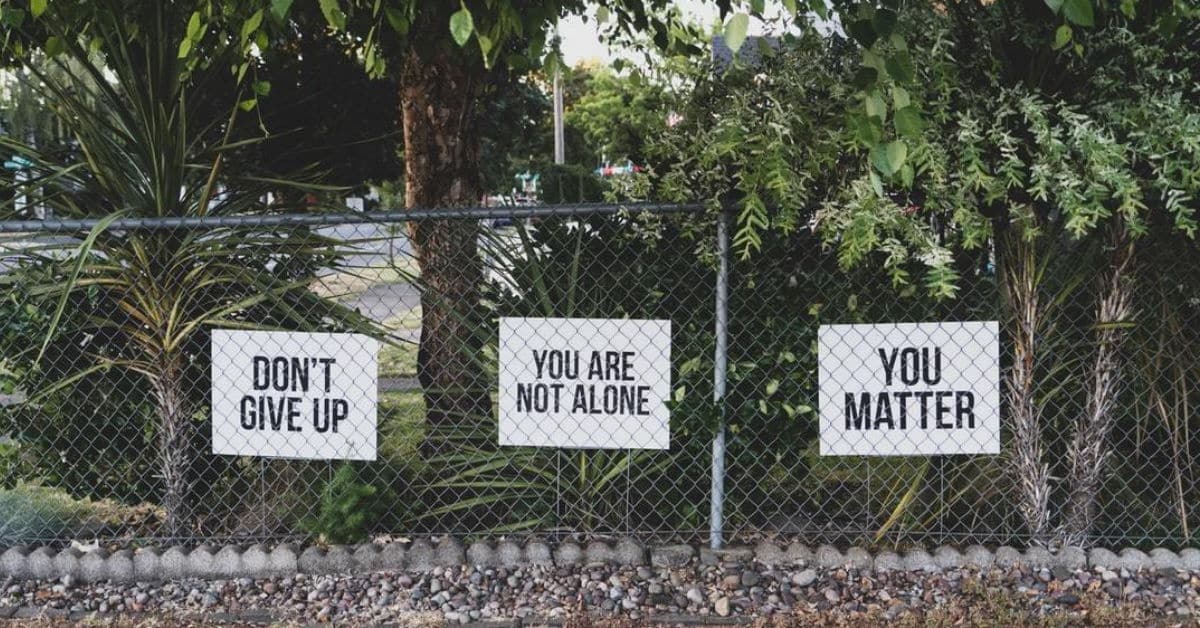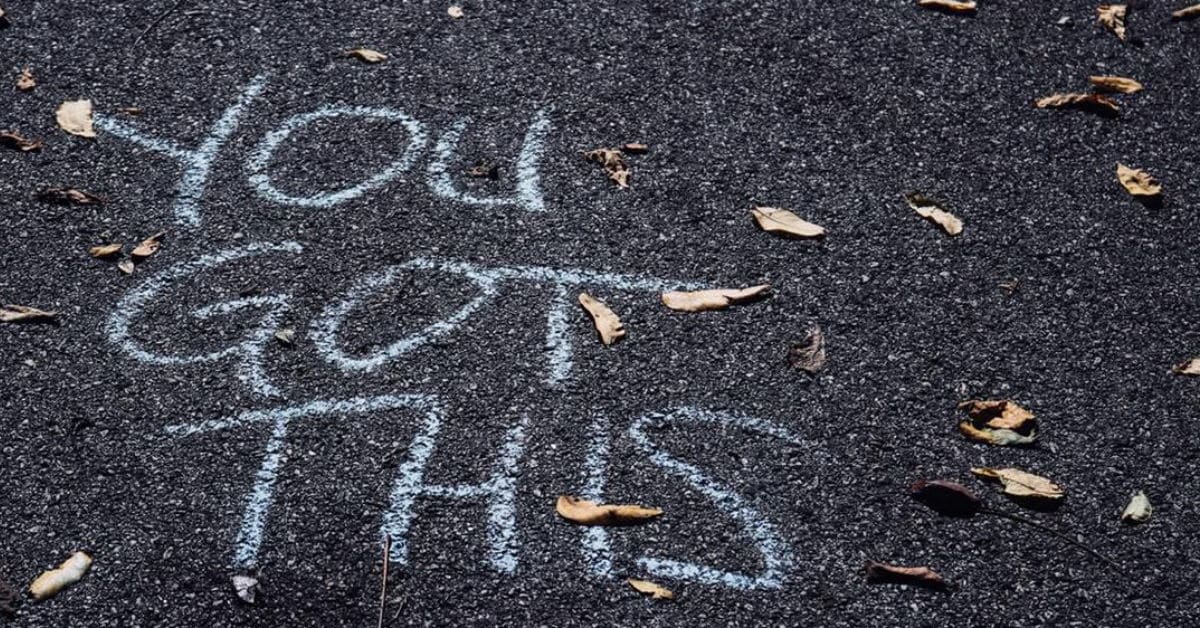
Definition of Done – More Than a Checklist
This is Mark. He challenges me. He confronts me. He inspires me. I think he is amazing. Mark doesn’t do things because someone like me who claims to know a bit about agile says so. He looks at the world from every perspective. I love this about him because he forces me to think deeper than I’ve ever had to in many areas. He stretches me as a coach and forces me to keep growing.
Definition of Done was an area where Mark really inspired me to dig deep. This was his concern …
“I hear and see people teaching Definition of Done like it is a checklist of all the things a team has to do in order for a user story to be done. I think this undermines ownership of quality code by the team because the checklist becomes a crutch and an excuse to be mediocre. It causes people to say things like, ‘Well it meets the definition of done,’ when they know that the code still isn’t as good as it could be. It develops the attitude of, ‘Oh well, it wasn’t on the list so I don’t have to do it.’”












